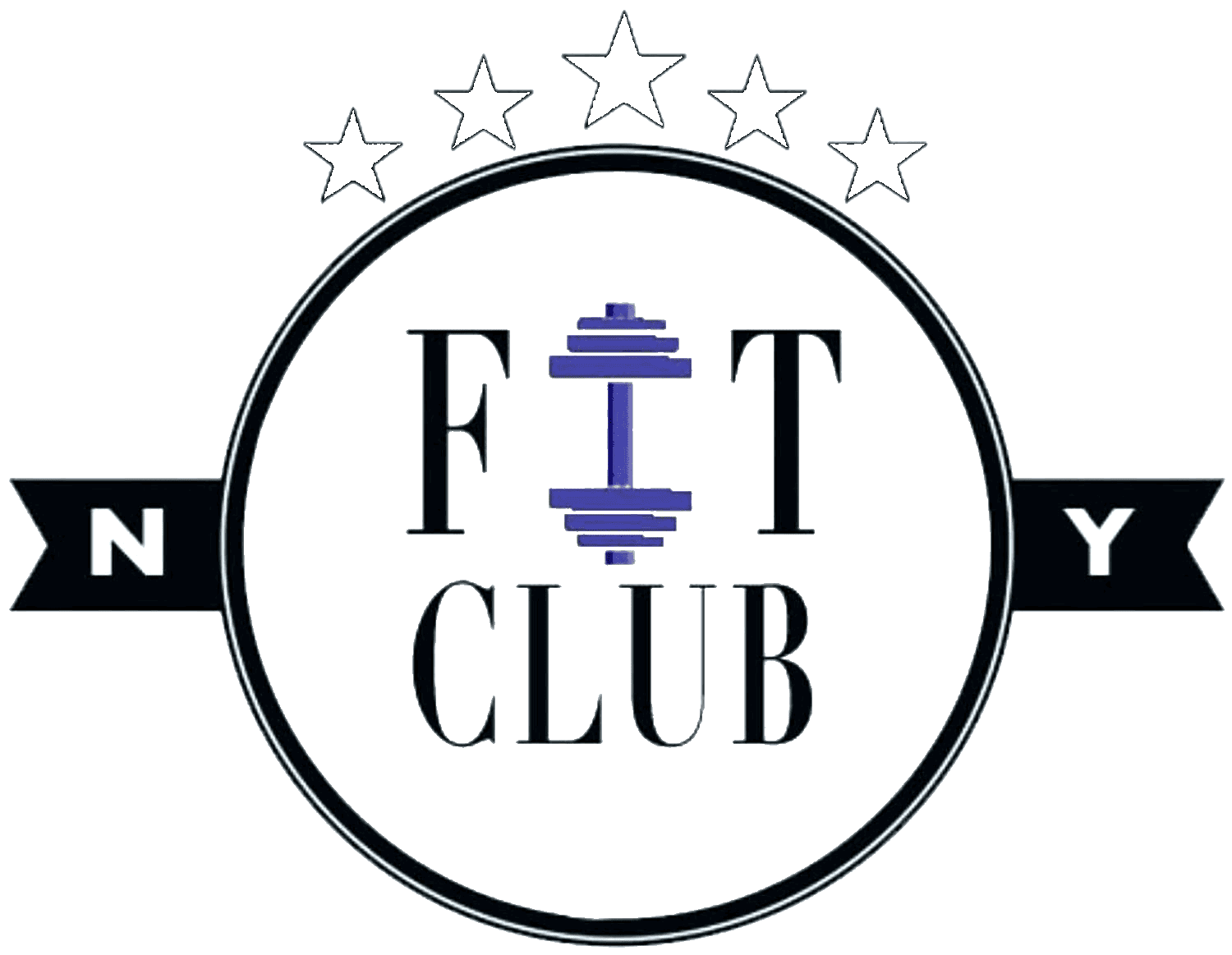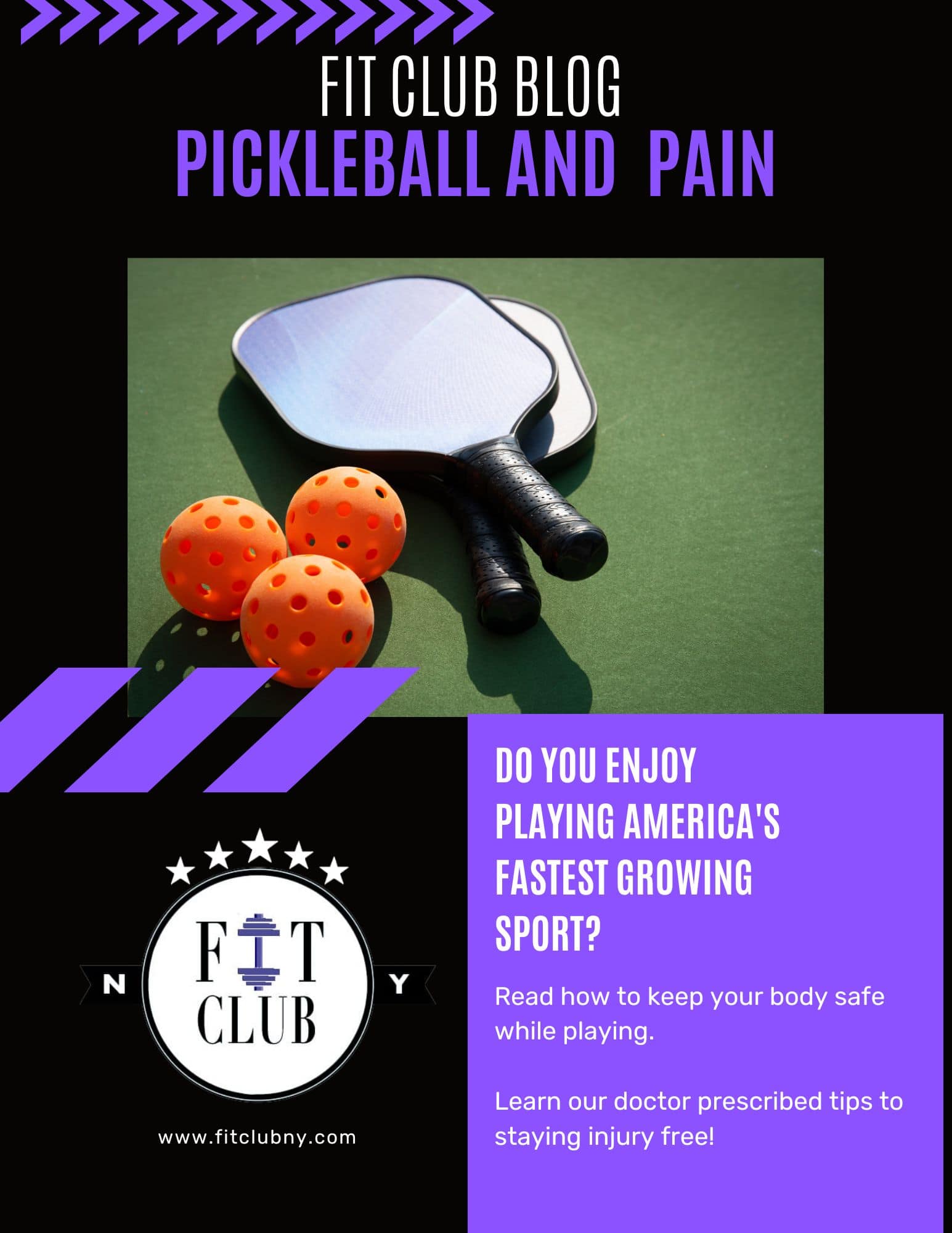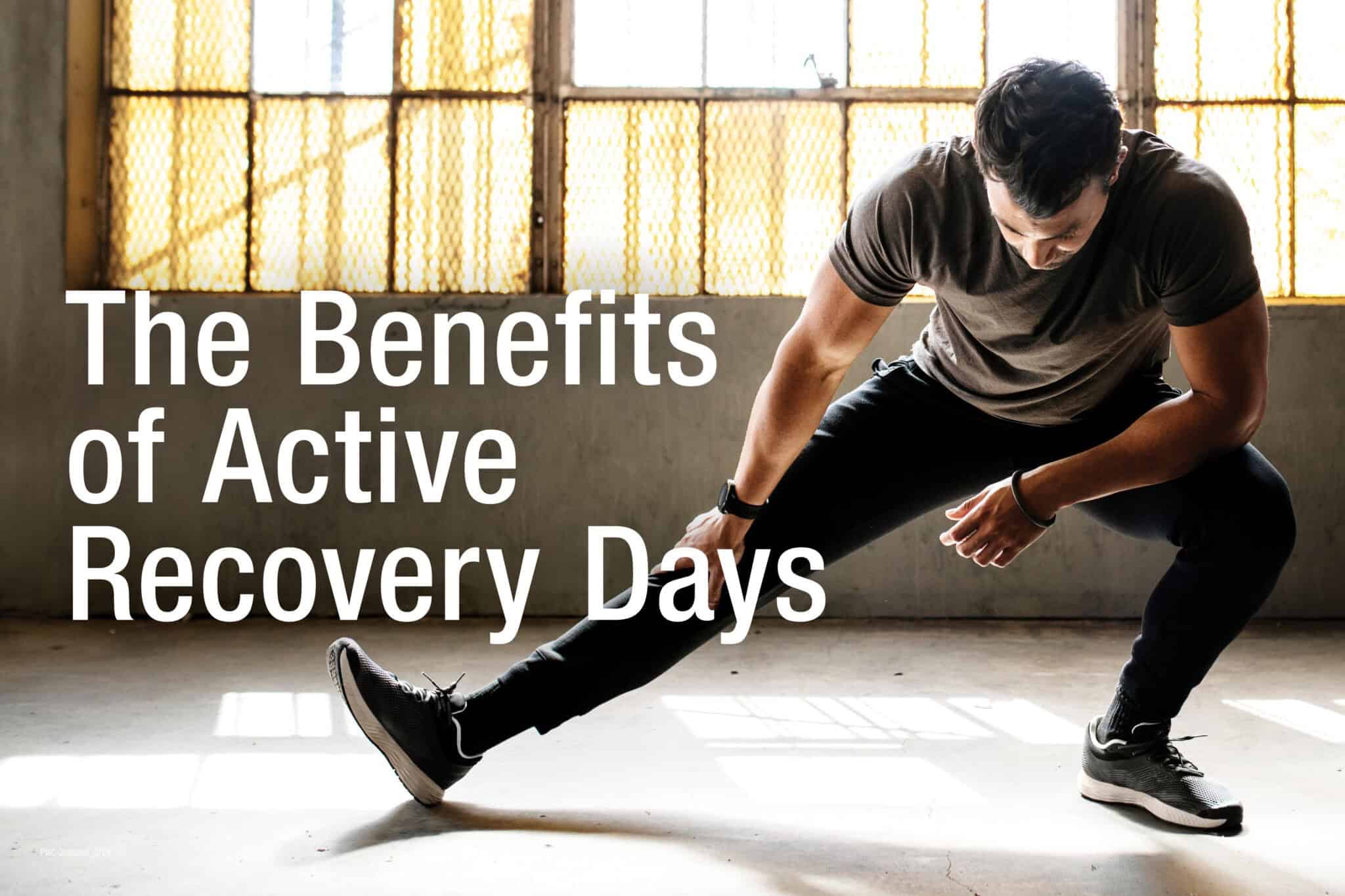We know pickleball can be a thrilling, addictive sport, but nothing can take the bounce out of your step like shoulder pain. As athletes and enthusiasts, it’s vital to understand the game we play and the impact it can have on our bodies. This guide serves as your trusty companion in navigating shoulder discomfort in pickleball. From understanding common injuries, like a torn rotator cuff or overuse injury, to implementing preventive measures and exploring treatment options, we’ll arm you with the knowledge to help you keep serving, striking, and scoring pain-free. Ready to swing into action? Let’s dive in!
Understanding the Causes of Pickleball Shoulder Pain
We know pickleball can be a thrilling, addictive sport, but nothing can take the bounce out of your step like shoulder pain. As athletes and enthusiasts, it’s vital to understand the game we play and the impact it can have on our bodies. This guide serves as your trusty companion in navigating shoulder discomfort in pickleball. From understanding common injuries, like a torn rotator cuff or overuse injury, to implementing preventive measures and exploring treatment options, we’ll arm you with the knowledge to help you keep serving, striking, and scoring pain-free. Ready to swing into action? Let’s dive in!
Recognizing Symptoms: How to Identify Shoulder Pain from Pickleball
Let’s take a closer look at pickleball, a sport that combines the elements of tennis, badminton, and ping-pong. It’s thrilling and fun, and yes, it can cause shoulder discomfort. Pickleball shoulder pain typically stems from various sources, including overuse injuries, poor form during play, and lack of conditioning.
So, what does this mean? When you’re repeatedly swinging that paddle, you could be straining your shoulder muscles and tendons. Moreover, if you’re not using the correct technique, you could stress your shoulder and shoulder joint unnecessarily.
Now, let’s not forget about conditioning. Your shoulder needs to be adequately conditioned to handle the demands of the game. If not, it’s like sending a soldier into battle without armor – not a good idea. Therefore, understanding these causes is like having a road map. It helps guide your path to recovery, ensuring you can continue enjoying your favorite sport pain-free.

Playing Sherlock with your body symptoms might not be the most straightforward task. That twinge in your shoulder after a vigorous game of pickleball might seem insignificant, but what if it’s an early sign of something more serious? Typical pickleball shoulder pain often starts as a subtle discomfort, gradually intensifying during or following a game. In extreme cases, you might also experience stiffness, a limited range of motion, or even a noticeable ‘clicking’ sound.
It’s vital to remember that these signs are not just random glitches; they’re your body’s alarm bells. They’re saying, “Hold on, we need to check this out.” It’s paramount to respect these signals and take action. Just as you wouldn’t dismiss a warning light on your car’s dashboard, you shouldn’t disregard your body’s alerts.
So, what’s the next step? Instead of self-diagnosing, it’s highly advisable to consult a professional, such as a physical therapist. At Fit Club NY, our skilled therapists can accurately diagnose the root cause of your pain and provide a tailored treatment plan to get you back on the court pain-free. Remember, when it comes to your body, professional advice is always the best route.
Rotator Cuff Injuries in Pickleball: Understanding, Prevention, and Recovery
Imagine your shoulder as a bustling city and the rotator cuff as its diligent workforce. This group of muscles and tendons binds the shoulder joint together, enabling you to swing, reach, and serve in pickleball. But, much like a city’s workforce, the rotator cuff isn’t invincible. Injuries can occur, causing pain and hampering your game.
Among the various shoulder injuries, rotator cuff tears hold a notorious reputation. This isn’t just a minor hiccup; it’s a significant tear in one or more of the tendons comprising your rotator cuff. Rotator cuff injuries can be a result of wear and tear from repetitive motions (like that overhead serve you’re so proud of) or a sudden injury during a vigorous game.
The symptoms of a rotator cuff tear are not subtle. They can include severe pain, weakness in your arm, and a crackling sensation when you move your shoulder in certain ways. It’s like a red flag, waving high and urging you to pay attention. It’s your body’s SOS signal, loud and clear, and it’s incredibly important not to ignore rotator cuff tears.
But what if you’ve already sustained a rotator cuff injury? Don’t panic. Most injuries can be managed with physical therapy, pain management, and in some cases, rotator cuff surgery.
At Fit Club NY, we offer comprehensive treatment plans tailored to your needs, helping you recover and return to the sport you love. Just remember, patience is key during recovery. So, let’s take it one day at a time together. Book your evaluation today!
Shoulder Impingement: A Common Challenge for Pickleball Players
Picture this: A narrow tunnel with an oversized truck trying to pass through it. That’s the situation with shoulder impingement, where the rotator cuff tendons get squeezed between the bones in your shoulder. This can happen due to repetitive overhead movements, like those involved in a spirited game of pickleball. Think of it as a traffic jam in your shoulder, causing pain and limiting your movements.
Symptoms of shoulder impingement include discomfort while raising your arm, weakness in the shoulder muscles, and pain that worsens at night. It’s like a red warning light flashing on your body’s dashboard, indicating it’s time to take action.
We’ll go into more detail below, but preventing shoulder impingement involves maintaining good posture, strengthening the muscles around the shoulder, and using the correct technique during pickleball play.
At Fit Club NY, we offer customized therapy programs designed to alleviate your discomfort and improve your shoulder mobility. We’re here to support you through your recovery, helping you reclaim your game and comfort. After all, pain shouldn’t be part of your pickleball experience. Let’s work together to keep it that way.
Strategies for Reducing Shoulder Pain When Playing Pickleball
Now, onto some practical advice. Just as every cloud has a silver lining, every pickleball player has a range of strategies to alleviate and prevent discomfort. So, buckle up as we delve into some practical and effective methods to keep shoulder pain at bay, allowing you to indulge in your favorite sport with renewed vigor and unbridled joy.
Importance of Warm-Up and Cool-Down Routines in Pickleball Play
Don’t underestimate the power of a good warm-up and cool-down routine. A dynamic warm-up can prep your body for the upcoming game, reducing the risk of injury. Follow up the play with a cool-down to soothe your muscles and mitigate any potential inflammation. Trust us; your shoulder will appreciate this routine.
Proper Pickleball Technique
The way you play can significantly influence the stress on your shoulder. Are you overextending your reach, or maybe using too much force? These are common technical mistakes that can contribute to shoulder discomfort. Hone your technique, focus on the correct way to swing and hit the ball, and watch as your shoulder thanks you for the relief. It’s not about powering through the game but about playing wisely and efficiently.
Targeted Stretching and Strength Training to Support Shoulder Health in Pickleball Players

Stretching exercises are a cornerstone of pain management. Incorporating targeted stretches can help maintain shoulder flexibility and strength. Remember, consistency is key.
One of the best ways to prevent rotator cuff injuries is by maintaining the strength and flexibility of your shoulder and rotator cuff muscles. Regular stretching and strengthening exercises are key; shoulder rolls, pendulum swings, or even a doorway stretch can work wonders.
Strength training isn’t just for bodybuilders. Incorporating resistance exercises into your routine can fortify your shoulder muscles and enhance your pickleball performance. Consider including lateral raises, overhead presses, internal and external rotation with a resistance band, scapular squeezes, shoulder circles, or even simple push-ups. Strengthening these muscles could be your shield against pickleball shoulder pain.
Also, don’t underestimate the power of rest. Giving your shoulder adequate time to recover between games is crucial.
Professional Medical Treatments for Persistent Pickleball Shoulder Pain

The human body’s resilience is remarkable, but sometimes, it needs a helping hand. If you’re consistently experiencing shoulder pain during or after your pickleball matches, it might be time to call the professionals. Physical therapy has proven to be a powerful tool in managing and overcoming such discomfort.
Our personalized programs at Fit Club NY are not your typical one-size-fits-all treatments. We understand that each individual is unique, and so is their pain. Our dedicated team of experienced therapists is equipped with the knowledge and skills to design treatment plans tailored to your needs. Think of it as having an expert team of body mechanics, fine-tuning your movements, and alleviating your discomfort.
Persistent pain shouldn’t be a part of your pickleball game. It’s a signal from your body asking for attention and care. Whether it’s a torn rotator cuff, shoulder impingement, or overuse injury, we can address the root causes of your discomfort, guide your body through the healing process, and equip you with preventive measures to reduce future injury risks.
So, don’t ignore persistent pain. It’s your body telling you it needs help. And we’re here to provide that help. Let us be your personal body mechanics, and we’ll have you back on the court in no time. Remember, your health is the real victory. So, let’s win this game together.


